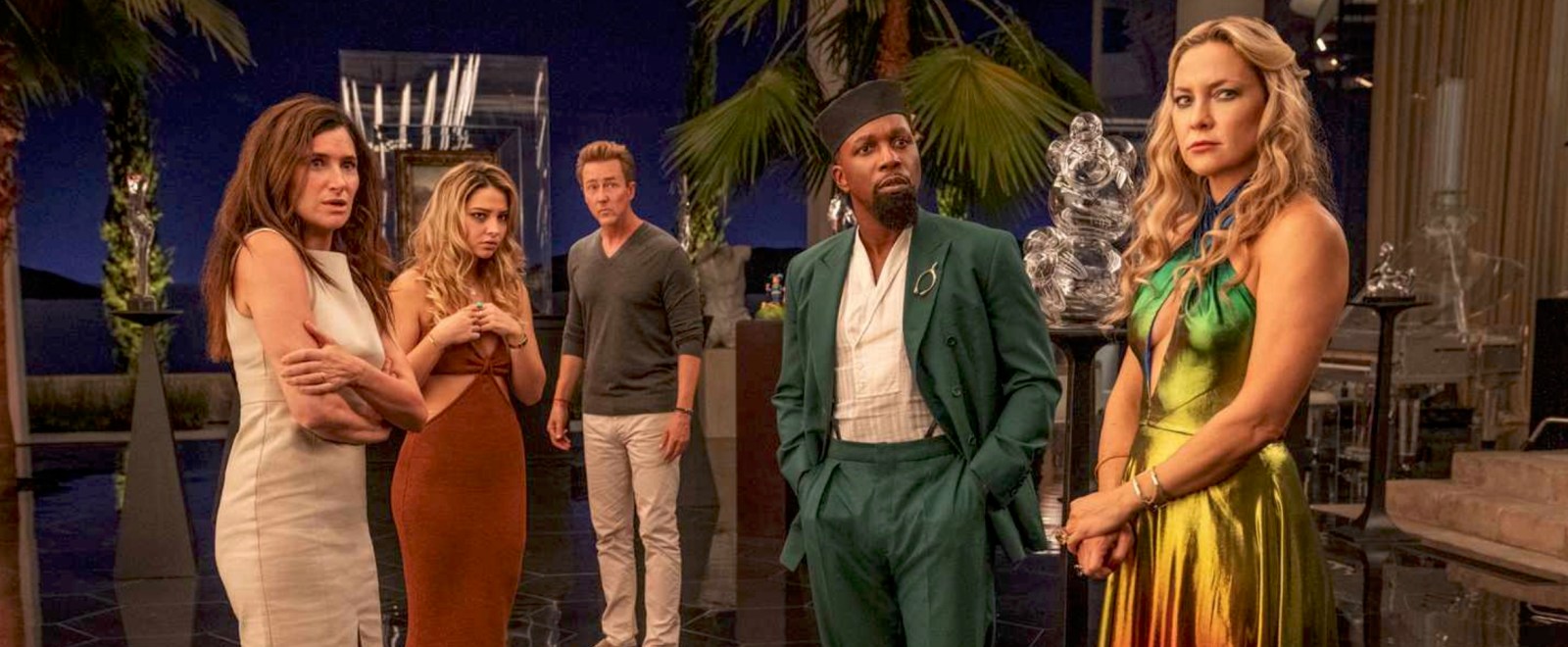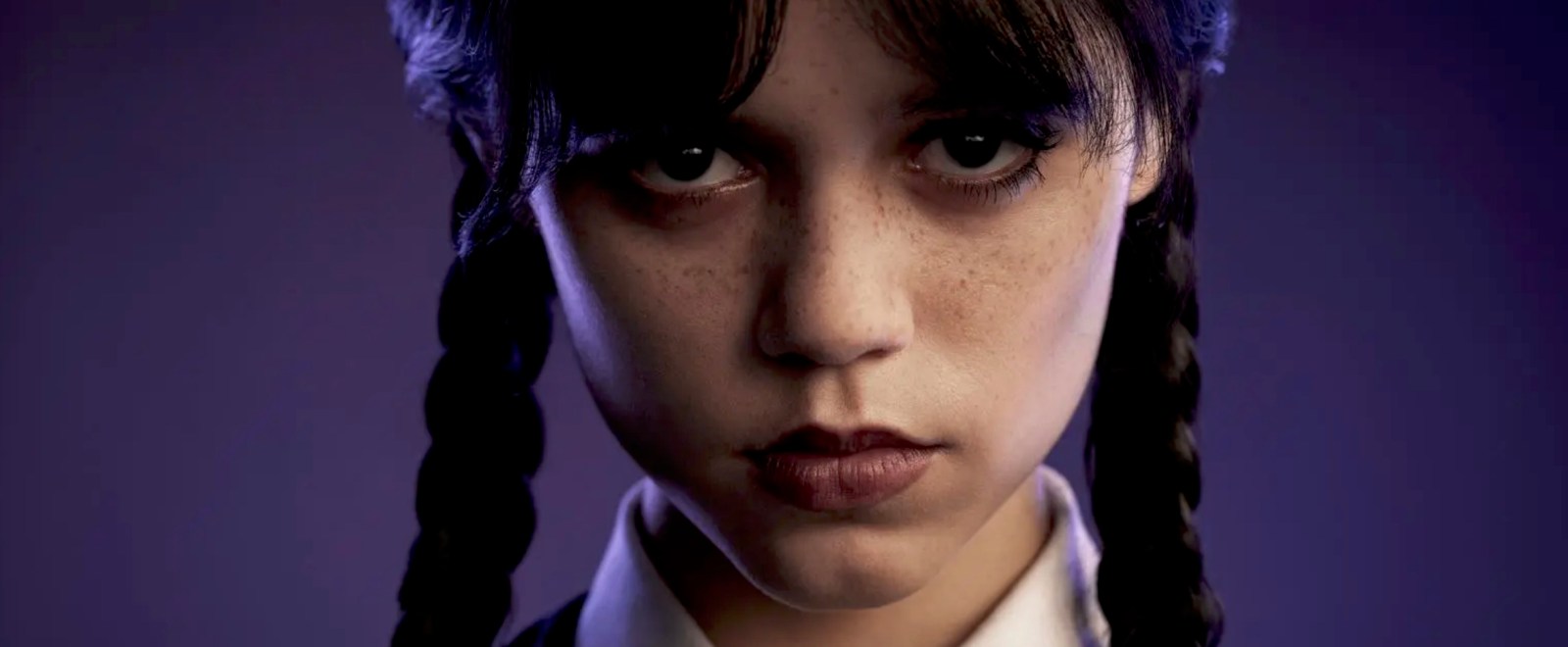
Bushmills Irish Whiskey is one of the oldest spirits brands in the world. The brand dates back at least 400 years to practically the genesis of whiskey in general. Fast-forward several centuries and the stills are still running strong. The juice from the North of Ireland has a deep bench of quality whiskeys — both blended Irish whiskeys and Irish single malts — that have become iconic to the whole Irish whiskey style.
Moreover, Bushmills has become part of the whiskey culture in a deep way. And the brand is constantly evolving and pushing ahead, which helped it become Ireland’s largest producer of single malt whiskey and one of the biggest producers of the style outside of Scotland. Their recent collaboration with Peaky Blinders has given us a new Bushmills Prohibition Recipe Whiskey, some cool merch, and some new takes on classic cocktails. All pretty key for the holiday season!
We’re providing some tasting notes on a few of our favorite Bushmills bottles below while giving you an idea of how to use those whiskeys in cocktails — with a look at the special Peaky Blinders-themed gift in between. If you’re looking for a great gift for the Irish whiskey lover in your life (or the Peaky Blinders one), then you’ve come to the right place.
Bushmills Bottle Gifts:
Bushmills Single Malt Aged 10 Years

What’s In The Bottle:
Ringing in at only 40% ABV, the juice is made from Irish barley and matured in a combination of ex-bourbon and ex-sherry casks. The best barrels are married, proofed with soft Northern Irish spring water, and bottled.
Sensory Notes:
There’s a very clear sense of apples (a lot of them), vanilla, pie crust, and chocolate malts on the nose. The palate really delivers on those flavors with spicy stewed apple pie with a buttery yet almost savory crust, plenty of fresh honey, and an underbelly of those almost creamy choco-malts. The finish is medium length, full of apples, dry wicker, and plenty of spicy malts.
Bottom Line:
The accessibility of this pour is evident from the first nose to the last sip. This is the end-of-the-day sipper or mixer that you can take in as you breathe a sigh of relief that the day’s behind you.
Buy Here: $55
Bushmills Single Malt Aged 12 Years

What’s In The Bottle:
This whiskey is the first step up in the single malt line from the 10-Year. The whiskey is triple-distilled malt that spends 11 years resting in ex-bourbon and ex-sherry casks before it’s transferred into Marsala wine casks for final maturation. That whiskey is then batched, proofed to 40%, and bottled.
Sensory Notes:
There’s a sense of apple blossoms on the nose that’s supported by walnut and almond shells with a hint of spicy malts by way of an apple fritter. The palate leans dry as the apple turns into apple chips with a dry cider vibe next to dark chocolate malts, more of those nutshells, and a hint of leathery apple tobacco leaf. The finish is slightly muted by the proofing water but still shines with applewood, dark chocolate powder, and a mild nuttiness.
Bottom Line:
This is where Irish single malt really starts to pop. This whiskey sings on the rocks or in a really great cocktail.
Buy Here: $73
Bushmills Single Malt Aged 16 Years

What’s In The Bottle:
This single malt whiskey starts off by getting triple distilled. It’s then aged for over 15 years in ex-bourbon and ex-sherry casks. The batched whiskey is then transferred to port pipes for a final nine-month rest before proofing (down to 40%) and bottling.
Sensory Notes:
This starts out with a spicy red berry jam next to a whiff of marzipan laced with bourbon vanilla, a hint of old leather, apple cores, and a light Christmas cake spice on the nose. That almond creates a smooth foundation with more of that spicy red jam alongside an apple/honeyed sweetness and velvet mouthfeel while those wintry spices meld with the malts to create a berry-cinnamon tobacco profile. The end of this one is long-ish as the spice, jammy fruit, and almond paste slowly fade out, leaving you warmed with a sense of malts and dark fruit.
Bottom Line:
This is the subtlest of the mix (and the sweet spot in our humble opinion). The soft nuance of this whiskey is perfect for slow sipping, maybe paired with a cigar or crackling fire, with a drop or two of water to let it bloom in the glass.
Buy Here: $134
Bushmills Single Malt Aged 21 Years

What’s In The Bottle:
The whiskey in this one is made with Irish malts and then aged for 19 long years in ex-bourbon and ex-sherry casks. Those barrels are batched and that whiskey then spends an additional two years maturing in a Portuguese Madeira cask. Finally, it’s proofed down to 40% ABV for bottling.
Sensory Notes:
There’s a deep, dark chocolate malt vibe on the nose with flourishes of marzipan, prunes, mulled wine spices, old saddle leather, and a hint of shortbread. The taste kicks in with a rich and buttery dark toffee covered in roasted almonds with a hint of dried fruit and dried choco-malts with a slight twinge of dried tobacco leaf. The end is fairly long and holds onto those dried fruits and bitter chocolate malts while leaving you with flavors of sweet and silky toffee and a very distant echo of applewood tobacco.
Bottom Line:
This is a true special occasion whiskey. The 21-year is the most complex yet nuanced whiskey on the list. But you have to respect that price. This is what you break out on Christmas Day, New Year’s Eve, your wedding night, your birthday, or any other truly special occasion.
Buy Here: $269
The Peaky Blinders Gifts:
Bushmills Prohibition Recipe Irish Whiskey Shelby Edition

What’s In The Bottle:
This new release from Bushmills celebrates the sixth and final season of Peaky Blinders. The juice in the bottle is a classic Irish whiskey blend of ex-bourbon casks (aged three to five years) bottled at a higher proof of 46% ABV, which leans into how Bushmills was made 100 years ago.
Sensory Notes:
This opens with a mix of light apple candy with a honeyed sweetness next to a line of dry wood with some floral vibes and maybe a little straw. The palate largely delivers on those notes while adding a nice layer of spice — allspice, cinnamon, clove, some ginger — alongside a hint of vanilla cream and more of that dry straw. The end is short-ish while delivering more apple and honey alongside a warm/spiced maltiness.
Bottom Line:
This whiskey is a bridge between an easy sipper, especially over a rock or two, and a killer cocktail base. There’s a nice mixability to this that really creates a solid foundation to build an array of cocktails in any season, but especially this time of year (which we’ll get to below!).
Buy Here: $42
Peaky Blinders Holiday Sweater

The Gift:
Speaking of Peaky Blinders whiskey, Bushmills just released the perfect gift for the show’s fans and Irish whiskeys fans — a classic ugly sweater. The bold colors — black and yellow especially — accent the infamous Peaky Blinders icons of flat caps and razor blades and knitted versions of the Peaky Blinders Bushmills bottle. The sleeves go a little easier than booze and blades with fir trees and snowflakes, adding to the “welcome to the holidays” vibe of the whole thing.
If you’re looking to go full Shelby style this holiday season and kick it off right, this is the ugly holiday sweater for you.
Buy Here: $70 (comes with a bottle of Bushmills Prohibition Recipe Irish Whiskey Shelby Edition)
Winter Cocktails With Bushmills
Okay, you have your sweater and you have a bottle of Bushmills, maybe even the Prohibition Recipe Irish Whiskey Shelby Edition. That means it’s time to stir up some great cocktails to celebrate, via Bushmills.
Family Meeting

The Family Meeting is a Peaky Blinders take on the classic hot toddy. With this version, Bushmills Prohibition Recipe helps create a soft and therapeutic winter warmer.
Ingredients:
- 0.75 cup of water
- 1.5 oz. Bushmills Prohibition Recipe
- 2 teaspoons honey
- 2 teaspoons lemon juice (freshly squeezed)
- 1 lemon wheel
- 1 cinnamon stick
Method:
- Boil some water and wash out a clear tea cup to warm it up and then add three-quarters-of-a-cup of boiling water to the cup.
- Add in the whiskey, honey, and lemon and stir until the ingredients are fully integrated.
- Garnish lemon wheel and cinnamon stick and serve.
Taste:
This really hits the spot right now. The light sense of honey apple from the whiskey melds well with the honey and lemon of the drink. The citrus adds a nice counterpoint to the sweetness while adding some depth. The cinnamon stick adds an aromatic edge every time you take a sip, which really rounds out the whole experience.
Birmingham Lads

Birmingham Lads is a take on an old fashioned that takes this up a big notch. The addition of rum and extra orange flavor notes really takes this drink from “classic” to “wow!” this holiday season.
Ingredients:
- 1.5 oz. Bushmills Prohibition Recipe
- 0.75 oz. Owney’s Rum
- 3 dashes of Angostura Bitters
- 2 dashes of Orange Bitters
- 1 sugar cube
- Orange Twist
- Cherry
- Ice
Method:
- Grab a mixing glass and add the sugar cube and dash the bitters into the cube. Use a muddler to break apart the sugar cube and start to create a base with the bitters and sugar.
- Add in the whiskey and rum and stir until the sugar starts to dissolve then add a large handful of ice and stir for at least 10 seconds, or until the mixing glass is ice-cold to touch.
- Add some fresh ice or a single large cube to a rocks glass. Using a cocktail strainer, pour the cocktail into the rocks glass over the new ice.
- Twist the orange peel over the glass and drop in the cocktail with a cherry. Serve.
Taste:
The rum adds a nice depth of molasses and winter spice that sings with the extra orange and herbal bitters. The overall sensation is lush and full of bright citrus that’s slightly sweet next to orchard-heavy whiskey and a touch of woodiness.
I Don’t Pay For Suits

This classic drink moves between a light whiskey sour (sans egg white) and a classic Gold Rush (sans bourbon). It’s delightfully refreshing and has a nice bite thanks to all the citrus while still holding onto a nourishing vibe thanks to a layer of rich honey sweetness.
Ingredients:
- 2 oz. Bushmills Prohibition Recipe
- 0.75 oz. fresh lemon juice
- 0.75 oz. honey syrup
- Lemon peel
- Ice
Method:
- Grab a cocktail shaker and add the whiskey, lemon juice, and honey syrup. Top with a handful of ice, affix the lid, and give the cocktail a good shake for about 15 seconds (or until the cocktail shaker is ice-cold to touch).
- Using a cocktail strainer, pour the cocktail into a pre-chilled coupe glass.
- Twist the lemon peel over the glass and drop it in. Serve.
Taste:
This hits the spot this time of year. The lemon and honey really bring everything full circle to a cold and refreshing hot toddy in a fancy glass. The honey and orchard fruit in the whiskey bridges the lemon and honey perfectly while adding a nice honeyed depth to the whole drink. You’ll certainly want to shake up one more of these.




 (@anthony51483709)
(@anthony51483709) 

 (that chick) (@xsbella)
(that chick) (@xsbella) 








